Text

Three lovely UNIX machines networked together during Bytefest 2024. Btw Rhapsody OS is surprisingly a nice experience compared to the standard (pre-X) Mac OS.
109 notes
·
View notes
Text
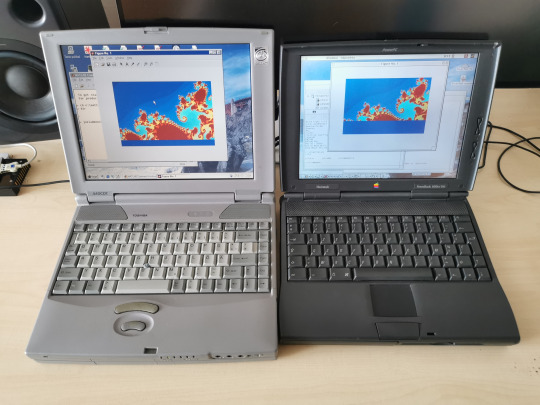
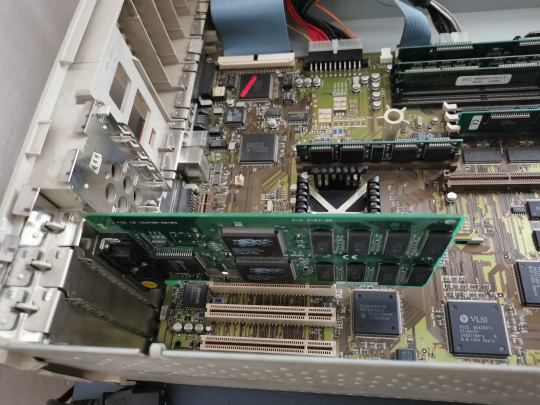
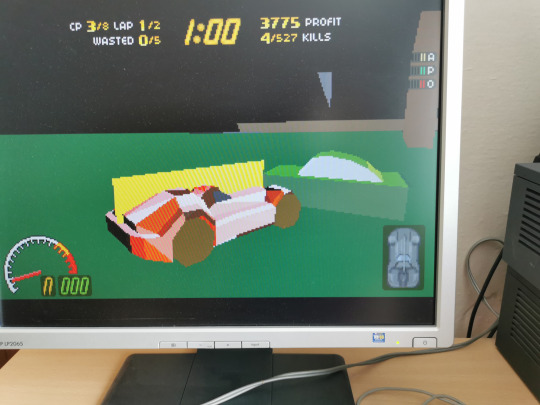
What about Twitter/X?
I have ~5500 followers here on tumblr after years of activity, but I never liked the lack of interaction here. When I started the "blog" here, one of the goals was to get feedback and interesting insights from others when I was working on something retrocomputing related. This never worked. Tumblr was never really good for text interaction.
This, along with a lack of time, caused me to reduce my activity here. Things got worse when many of the people I followed here moved elsewhere. Some of them are on Twitter/X, so I decided to try that platform as well. This time it will work a bit differently - I will share the retrocomputing things I do as soon as I do them.
The tumblr blog (and the copy on my web) will stay, and I plan to use it for the medium sized posts.
My Twitter/X retrocomputing profile can be found here: https://twitter.com/retro_swarm
My current activities focus a lot on the mid-90s Macs and other non-x86 machines.
11 notes
·
View notes
Text
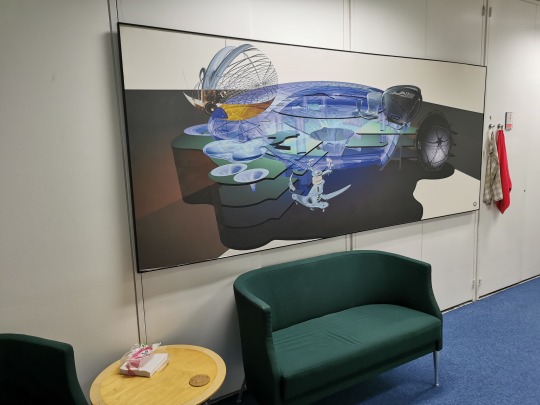
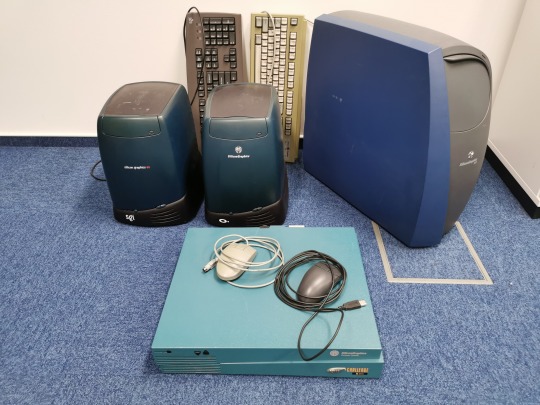
More SGI computers
I got some new SGI computers. I was surprised because I thought the SGI guys from the Czech Republic gave me all their leftovers. I had to go to one of the original SGI offices in Brno this time. The office design was very 90s and there were classic SGI artworks on the walls. All the people there are now HPE employees but many of them started there working for SGI when every employee had an Indy or O2 on their desk.
The “loot” contains:
Two SGI O2 / MIPS R5000 / 2x SCSI HDD / the one with the older logo has an analog AV module installed
SGI Visual Workstation 320 / 1x Pentium II / a basic configuration with an IDE HDD
SGI Challenge / MIPS R5000 / basically an Indy without audio ports and a graphics card
Two sets of keyboards and mice, the PS/2 one is for O2 and the USB one for SGI 320
Original article with hi-res pictures: https://retro.swarm.cz/20231117/more-sgi-computers/
73 notes
·
View notes
Photo
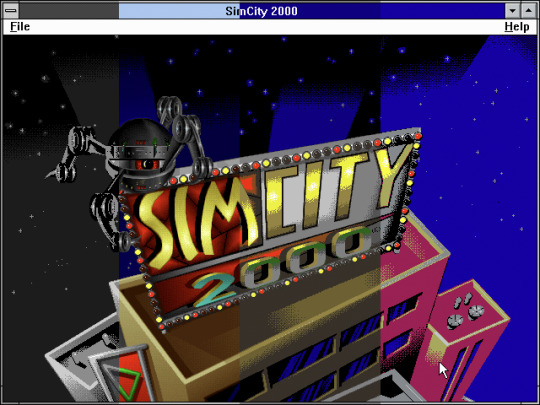
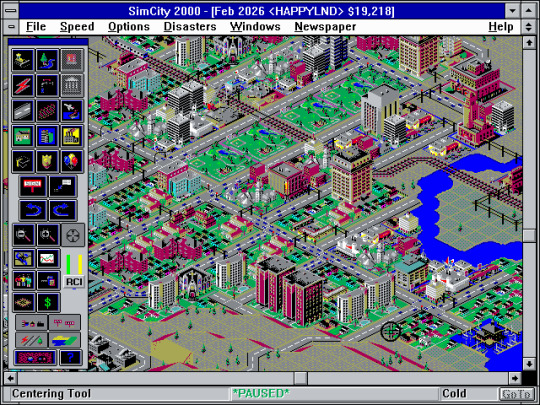
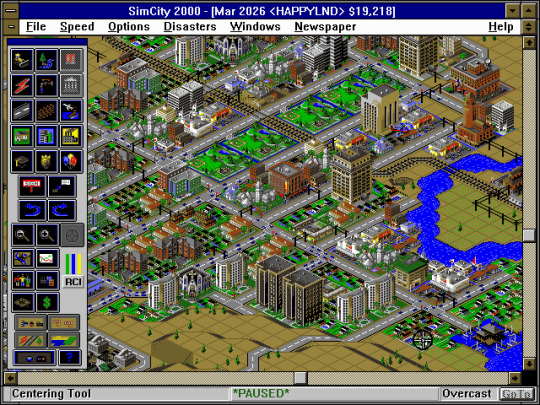
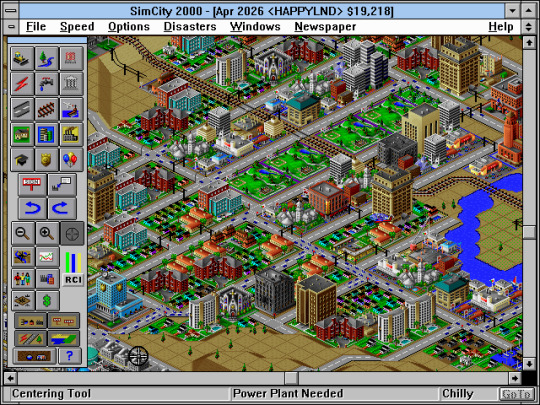
The original SimCity 2000 had a strict requirement for an SVGA video card that supported 640x480 resolution with 256 colors. I used to believe that this was an inflexible requirement, but it turns out that the hardware requirements were eased in the Windows version. Not only did it allow the game to run in 16-color modes, but it was also bundled with a special VGA driver developed by Microsoft. This driver enabled modifications to the color palette, just like in the 256-color modes. I was completely unaware of the existence of such a feature until recently.
I wrote an article about this fascinating discovery on retro.swarm.cz.
265 notes
·
View notes
Photo

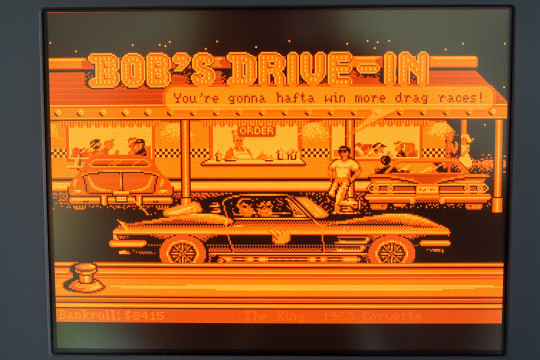
I just wrapped up an article on the Toshiba T3200SX, a desktop-replacement laptop from 1989. This beauty boasts a 386(SX) CPU and a stunning VGA gas-plasma display.
You can check it out here: https://retro.swarm.cz/toshiba-t3200sx-1989/
For those of you who are new to the world of vintage computers, this article can provide some valuable context and perspective. I delved into why the 386 was such a crucial milestone for PCs and a few lesser-known details. I absolutely adore this machine. I don't think I own any other portable computer from the 80s that brings me as much joy while working on it. If only it were just a tad lighter..
65 notes
·
View notes
Photo

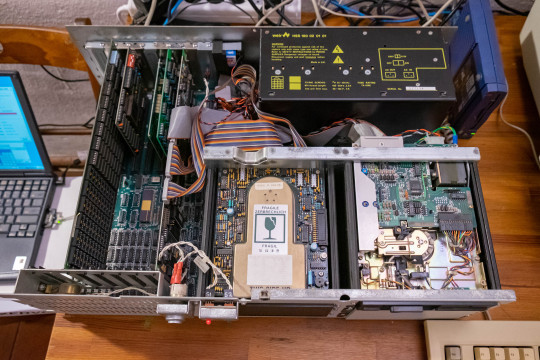
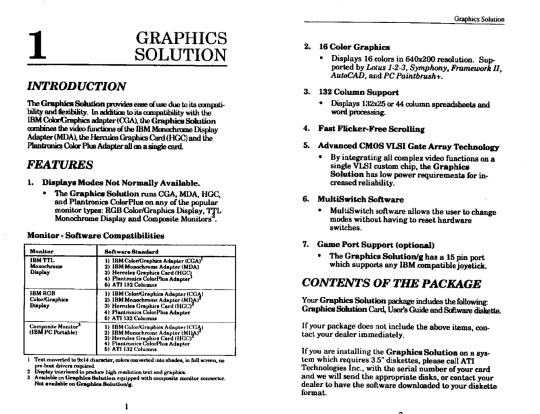
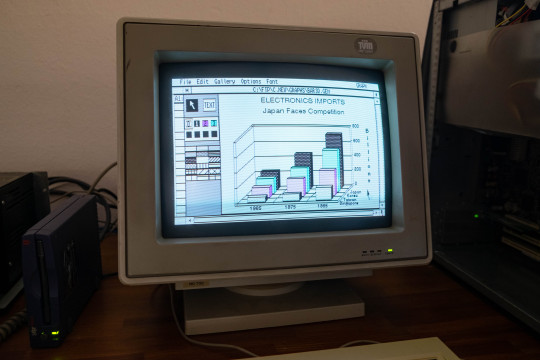
“SuperCGA” and ATI Graphics Solution and GEM Desktop
8bit guy published a video about SuperCGA cards, which reminded me that this was a topic a recently dug into. I’ve never really worked with CGA/EGA monitors. When we had a computer at home for the first time in 1989, it was an IBM PS/2 Model 20 borrowed from dad’s office. That computer already had an on-board graphics chip that worked with VGA monitors. One year later, my family decided to buy our own computer. It was a 286 clone with an SVGA graphics card and an SVGA monitor able to show 1024×768 (interlaced though).
During the Bytefest (a vintage computer show in Czech Republic), one of the computers I brought there was an early Vienna 286. A friend of mine promised that he would have brought an EGA monitor, so I could try a card I bought just for this purpose – a Trident 8800CS (512KB). This Trident has both VGA and RGBI/TTL (CGA/EGA) outputs and can be switched to act like different IBM graphics chips. Sadly, the Trident card was ignoring the switches and always used VGA timing. It sent the signal always to both outputs but my EGA monitor was not able to sync 640×480 with 31kHz h-sync (as expected). We brought an oscilloscope, even made some modifications to the card, but nothing helped. When I asked in some groups, the only answer I got was that somebody tried the same thing on his Trident 8800CS with the same result.
Anyway, I also had the original ATI Graphics Solution card that was sold with the computer somewhere in 1987, so at least I had something else to play with. This is a very neat card. It has 64KB of video RAM and supports both CGA and Hercules modes. As I shown in the past, it even supports CGA modes on Hercules/MDA monitors using clever timing tricks. The card was used in the Hercules mode for the whole its life as the machine served in an electrical engineering lab for designing electric circuits. This was finally the time for me to switch it into the native CGA mode.
Seeing the CGA modes was not so interesting for me. However, the card supports also non-standard modes that can utilize the whole memory which is four times of what the IBM CGA has. The obvious choice was something that supports Plantronics ColorPlus which ATI supported like many other CGA-clone vendors. Yes, I tried Planet-X3 and Space Quest 3 in 320×200 with 16 colors. However, Planet-X3 is a modern game, and the Space Quest 3 uses a modern video driver to support this card (the original game did not have it). I was more interested in productivity apps. After seeing that GEM Desktop (sort of a Windows competitor) provides support for ColorPlus, I installed the whole bundle.
At the beginning, everything looked just like with CGA – black & white only. This was because the desktop environment does not use more colors there. On the other side, if I moved the mouse fast enough, it was visible that sometimes the cursor was ping instead of black for a moment. Thus, I knew that we were actually in the 4-color mode. After installing office programs, I was finally able to see all four colors in 640×200. Quickly after that I realized that among desktop accessories, there is a calculator that uses magenta as a background color. Anyway, I am happy that I also tried these office/productivity apps. From my point of view, they are gimmick. They look like they support everything but when you try to do something, you get the feeling that they were designed more to present the functionality of the desktop environment.
The ColorPlus had just 32KB of video RAM and my ATI Graphics Solution has 64KB, so it should be able to drive 640×200 in full 16 colors. I’ve checked the user guide for the card and indeed this mode was mentioned there. ATI manual says that there is support for it in AutoCAD, PC Paintbrush+, Lotus 1-2-3, Symphony and Framework II. I installed the PC Paintbrush+ as a bitmap editor can benefit the most from such a mode. The support for this card was built in the software so no extra drivers were needed. After selecting the mode, I was able to get the best out of a CGA 200-line monitor. What I really like, the bundled ATI driver disk contains a small example program to enable this mode (including its source code), so programmers could modify their own programs to get more than what a standard CGA offered.
Original article with hi-res photos: here
60 notes
·
View notes
Photo
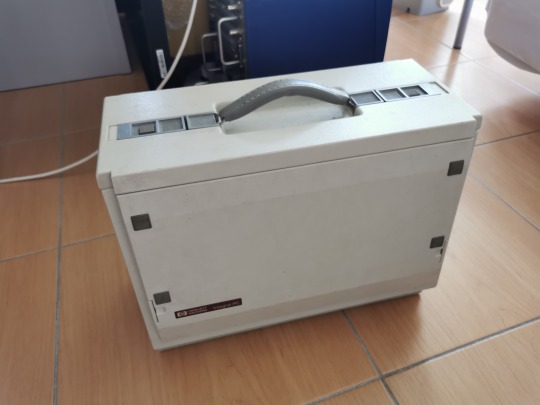

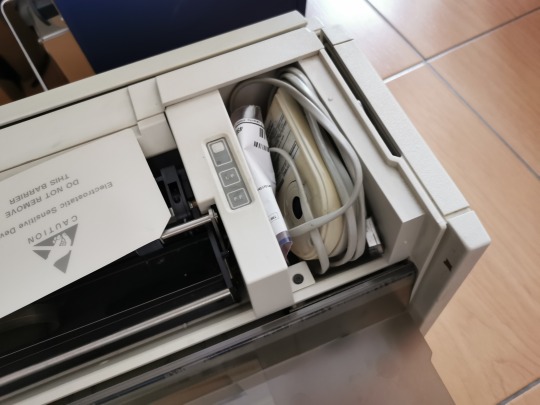

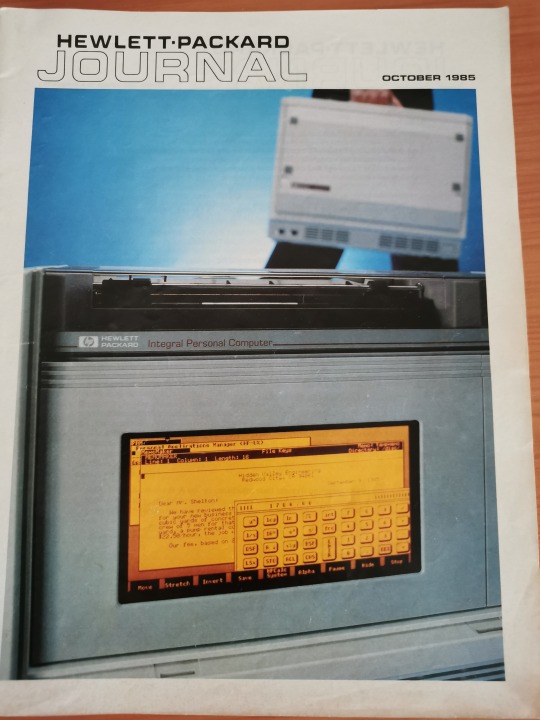
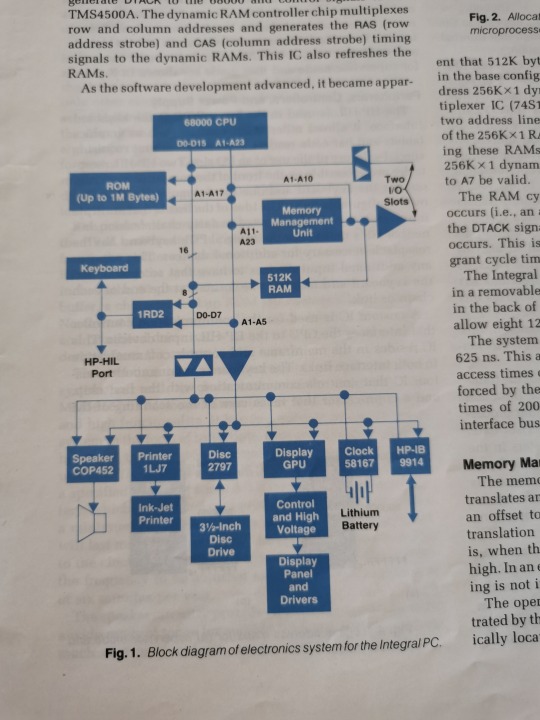

New Item: HP Integral Personal Computer
I am trying to avoid buying any old computer, but a friend of mine and I made an exception in this case and bought this together. Somebody in Prague offered a non-working HP Integral Personal Computer (1985) for $420. It was just 15 minutes of traveling from my friend’s home, so he visited the seller and told him that he would buy it if he could look into it, measure voltages and check for corrosion (either from caps or a leaked battery). The seller agreed. They briefly started the computer, but only horizontal bars were flashing on the screen. Then he disassembled the system, and everything was in pristine condition and all voltages were ok. After reassembling, he just paid and took it home.
When I visited the friend, he showed the computer. I asked him to start it so I could record a video of the error. To our surprise, the machine started directly into its HP-UX 5.0 UNIX system stored in ROM. Maybe the reseating of the internal boards helped it. Who knows. Anyway, we haven’t played with it more. I will first clean it and it is necessary to check capacitors in the power supply, repair the power button and check why the machine does the high-pitch sound when operating – it sounds like a hard drive which is not there.
I love how the machine looks like and it is even smaller than I expected. When carried, it is just as tall as my 1989 Toshiba T3200SX with a 386SX CPU, 3MB of RAM and a VGA gas-plasma display… and it is not much heavier.
HP Integral Personal Computer is based on the Motorola 68000 CPU and has at least 512KB of RAM. In addition to the ROM storage containing the operating system, there is just a single internal floppy drive (720KB 3.5”). More storage devices can be connected using HP-IB though. I always wanted this machine. I even have a HP Journal magazine from 1985 with a very in-depth description of each internal component.
Original article with more/high-res photos here.
95 notes
·
View notes
Photo

Tandy TRS-80 Model 100 batteries still alive
Last summer, I put new set of alkaline batteries in this portable beauty as I needed it for a photoshoot. A few months later, I used the machine also during a vintage computer event and (both times) I forgot to remove them. The stand-by energy consumption is apparently so low that nine months, the computer still holds the data in its RAM disk.
(original article with hi-res photo)
65 notes
·
View notes
Link
After years, I've finished a long in-depth write-up about an interesting piece of history - the SGI IrisVision 3D accelerator from 1990. It was a scaled-down version of the graphics board set from the SGI Personal IRIS and was intended for PC compatibles (16-bit AT bus) and PS/2 computers (MCA).
The whole thing started when IBM licensed the graphics hardware and the IRIS GL 3D API for their IBM RS/6000 UNIX workstations. Although the IrisVision was not very successful (like all 3D accelerators of the era), it is cool that IRIS GL programs could run under DOS.
At the end of the article, there is a video showing the card in action in a high-end IBM PS/2 Model 70 with a 25-MHz Intel 386 and 387.
22 notes
·
View notes
Photo
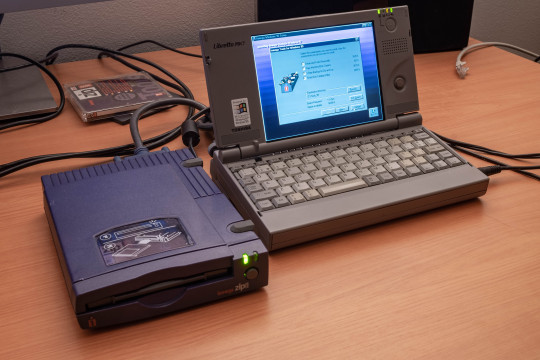
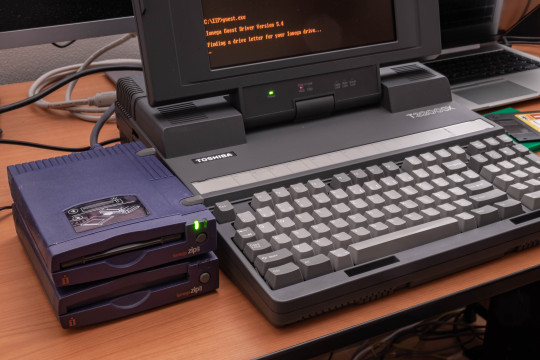
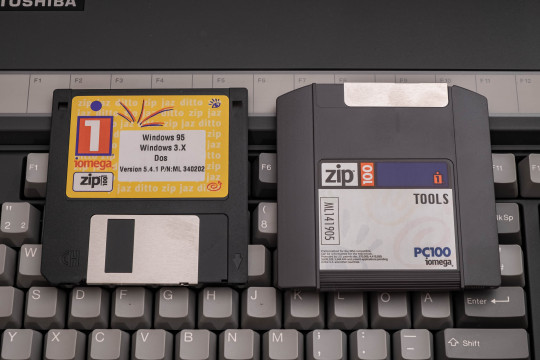
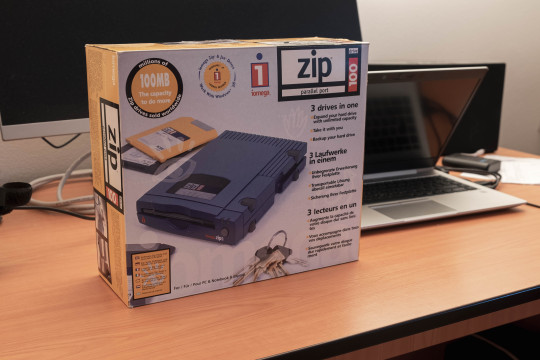


Iomega ZIP 100 drives
Thanks to friends of mine, I was able to get two working parallel-port ZIP drives from Iomega. My father used to use these during the 1990s as ZIP disks were popular in offices in Czech Republic. He later switched to an internal ZIP drive connected to IDE when his parallel-port external one died and used it for another 10 years.
I have a few systems where it is not possible to add a network controller so I though that this would be a good device for faster data transfers (compared to a null-modem cable or diskettes) or accessing data larger than the internal hard drives.
It works just fine. The only drawback is that you usually need a 486 system to leverage full speed of the external drive. My 386 laptops do not support the ECP/EPP protocols on the parallel port, so the access speed is significantly limited (150KB/s?). Anyway, it is still convenient enough for running DOS programs straight from the external drive. I am surprised how nice driver support Iomega provided for DOS and Windows 9x. There is even a “guest” driver in a form of a single exe file – just run it and you can immediately access the drive using a newly assigned drive letter.
(original article with hi-res photos)
363 notes
·
View notes
Photo
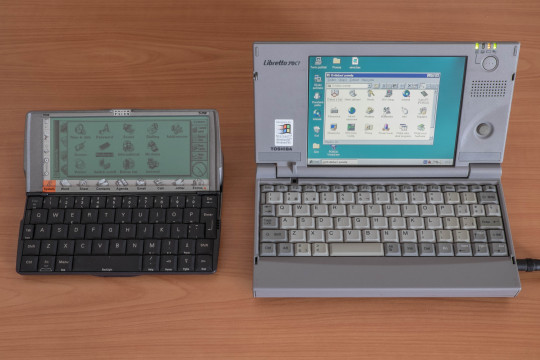

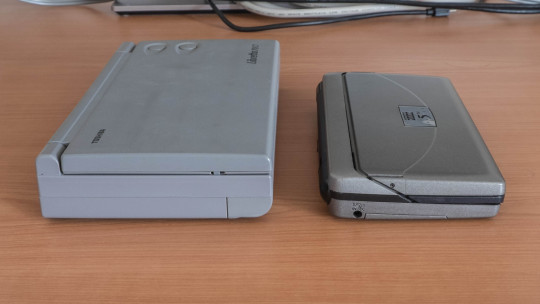
Small portables: Libretto and PSION 5MX
These tiny machines were something I dreamed of during my childhood. I got my hands on a Toshiba Libretto much later. It was maybe 10 years ago when I needed to read diagnostic data from my old car (a Skoda Octavia I 1.6MPI with an automatic transmission – not having a manual transmission was considered heresy even back then in Czech Republic and I always enjoyed being weird). A friend of mine lent me the original diagnostic device together with this small laptop. I immediately fell in love with it. A few years after that I received another one from another friend of mine and I still use it as a bridge between new and old computers (thanks to its serial port and an PCMCIA SD-card reader).
The PSION Series 5MX is a different story. I had it (rebranded from Ericsson) and used it to make notes during my university years. I remember that I read the whole 500-page USB 2.0 specification on its (sometimes hard to read) display. I sold it after I switched to an HP Jornada handheld with Windows CE – it had shorter battery runtime but offered a better display and surprisingly better keyboard.
Although both are small devices, their target use case was always totally different. One was an exceptional device for taking quick notes, the other one was not so good for text input but offered ability to run full-blown PC software… and that was a big thing back then.
If you want to better understand the internal architecture of the Toshiba Libretto 70CT, check the full article here on retro.swarm.cz.
262 notes
·
View notes
Photo





Peugeot 106 Electrique (1995)
This little electric car was made in the mid-90s. It offered a 20-kW electric motor and 11-kWh NiCd battery that provided range about 80-100 km. This particular vehicle was recently upgraded with a 3-phase on-board AC charger (up to 12kW) and a BMW i3 Li-Ion battery offering 28 kWh of usable energy and range about 200-250 km per charge.
It is fascinating how much the technology evolved. Peugeot 106 had top speed just 90 km/h and although its motor offered up to 20 kW of power, you should not exceed 11 kW for a longer period. Otherwise you could damage the motor.
Drive mode selector is implemented the simplest way I’ve ever seen. There is no Parking or Neutral mode. You just have a button in the center console that switches between going forward and backward.
(original article with hi-res photos)
46 notes
·
View notes
Photo

A lovely dashboard in a battery-powered Peugeot 106 Electrique (1995). They made thousands of these in PSA.
28 notes
·
View notes
Photo

I am playing Vette! on a Toshiba T3200SX while waiting for sudden summer rain to go away.
A lot of the 80s stuff here: Chrysler LeBaron GTC Turbo Convertible (1988), Toshiba T3200SX (1989) and Vette! (1989)
(hi-res photo)
157 notes
·
View notes
Photo

A guy with his portable TRS-80... (hi-res photo)
88 notes
·
View notes
Photo



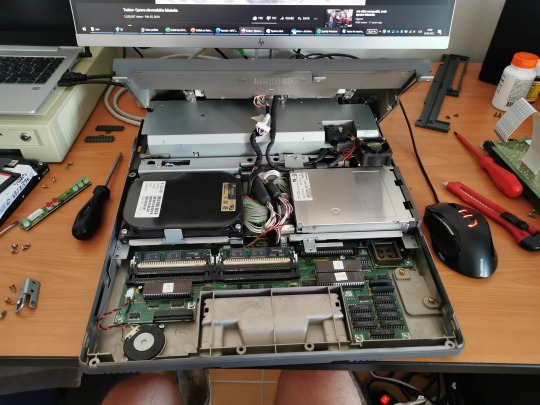


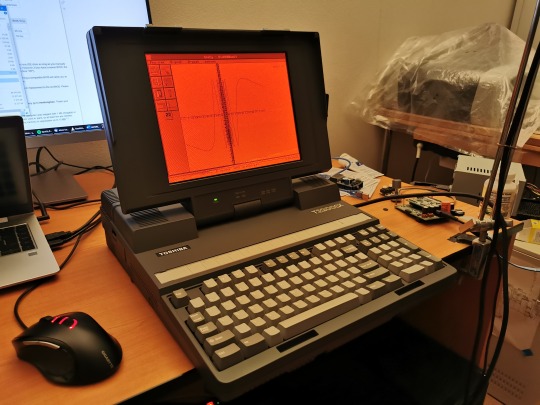
Replacing HDD in Toshiba T3200SX
There are not many laptops that can offer worse experience of replacing a hard drive. I got this T3200SX from a friend of mine and he gave me also a 120MB Conner hard drive. The machine itself had a working 40MB Conner drive, but I decided that it would be nice to have more disk space. I thought that it could take just a few minutes in a machine of this size... but I was wrong.
The hard drive replacement involves dismantling the lid, peeling off the LED board labels and removing the gas-plasma screen. Once you do all of this, you can finally remove the top cover and access the hard drive. The screws holding the drive are nicely hidden behind cables and connectors that block access to them. I think the whole process took me 30-40 minutes, but at least I was successful. This was even a bit worse that replacing a hard drive in a 12-inch iBook G4 (which is also very painful).
The already installed drive (in a different machine) could not boot. My T3200SX has an older BIOS version that does not know the 120MB drive. Thankfully, there is the ANYDRIVE utility, so I was able to install the BIOS overlay in the drive's MBR and everything is working now (btw if you install ANYDRIVE on a drive that has only one partition that uses all the space on the drive, you can install the utility without losing the data, even though this is not mentioned in the README file).
My T3200SX has just 3MB of RAM (1MB on-board, 2x1MB in SIMMs). You might think that I can upgrade it easily with any standard SIMM, but that is not true. The machine is very picky, and it fires an "extended parity error" with every module I tried. So, although the computer has six standard memory slots, I must stick with 3MB of memory.
The machine specs are: 16-MHz Intel 386SX, 3MB RAM, 120MB HDD, 640x480 gas-plasma display... the two ISA slots are empty and waiting for a network interface and a sound card.
(the original article with hi-res photos)
138 notes
·
View notes
Photo




First steps with my Tandy TRS-80 Model 100
I recently acquired a shiny Model 100 portable with necessary accessory. I played a bit with the machine before cleaning it and I was a bit surprised that it could retain data in the RAM disk for minutes after disconnecting the power. That gave me the impression that there was a backup battery inside, which scared me enough to open the machine immediately... and yes, although the battery still provided some voltage, it started destroying itself and the computer. I removed the residue from both the backup battery and the battery compartment for AA cells and cleaned the rest of the machine. It looks almost like new now.
I have to say that I am very impressed with the Model 100. The user experience is closer to professional computers of that time than home 8-bit machines. The programs in ROM can read/write the same files, switching between them is fast and there is even a shared clipboard. I particularly like the built-in terminal emulator with handy access to download/upload features and easy configuration. This was a true mobile companion for those working on the road and accessing the company minicomputer over modem.
My version does not have the modem, but at least the null-modem communication works flawlessly. I think I should install an old UNIX somewhere and try accessing it like in the old days. Somebody even created a Model 100 termcap definition file, so it is possible to use control functions of its terminal emulator in UNIX.
(the original article with hi-res photos)
55 notes
·
View notes